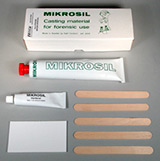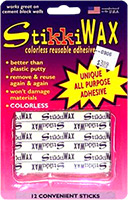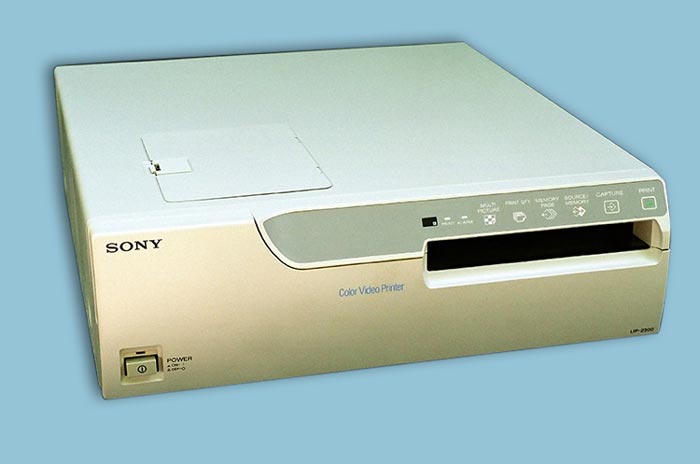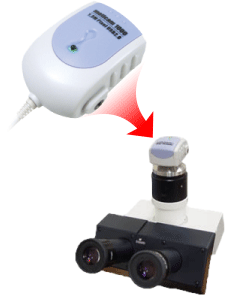Home | Glossary | Resources | Help | Contact Us | Course Map
Archival Notice
This is an archive page that is no longer being updated. It may contain outdated information and links may no longer function as originally intended.
Small Tools and Supplies
A number of safety items, hand tools, and expendable supplies should be available to each examiner. Each case is different and may require innovation and improvisation to accommodate the examination.
Core Items
Laboratory safety protocols should provide for the following items:
- Personal protective equipment
- Disinfectant solution
- Cotton swabs and detergent
Read more about personal protective equipment in the Safety Section
Small tools for general use should include the following items:
- Metal scribe for marking evidence and test standards
- Jewelers screwdriver set
- Small file set
- Tweezers and/or forceps
- Calipers
- Electronic micrometer
- Steel machinists scale in English and metric units
- Precision knives
- Hammers, brass and polymer heads
- Leather mallets, large and small sizes
- Drift punch set
- Bench block
- Needle-nosed pliers
- Scissors
- Jewelers loupe in various magnifications
- Magnifying Glass
- Borescope
- Borelight
- Magnet
- Gunsmiths screwdriver set
- Conventional pliers
- Parallel jawed pliers
- Roll pin punch set
- Small vise
- Clamps
- Partitioned specimen trays
- Probes
- Inertia bullet puller
- Hemostat for use as a gripping tool
Supplies
Items associated with firearms and toolmark examinations may include the following:
- Appropriate containers for test standards, such as small boxes
- Appropriate containers for evidence items
- Permanent markers in various colors
- Casting material, such as Mikrosil ™
Items usually associated only with toolmark comparisons may include
- clay or plasticene for mounting odd-shaped toolmarked items on microscope stages,
- lead and copper wire in various diameters for the production of test standards,
- sheet lead and brass for the production of test standards.
Items generally associated with the comparison microscopy of fired ammunition components may include
- appropriate ammunition for use in firing test standards,
- StikkiWAX ® , or the equivalent, for mounting items on specimen holders.
Imaging Equipment
There are various approaches to documenting identifications. Imaging is generally the preferred method, replacing sketching and narrative format. These methods continue to be used because it is not always possible to obtain meaningful images of what is observed through a microscope lens due to mutilation, deformation, varying depth of field, reflections, etc. Some type of identification documentation is considered essential by the forensic firearms discipline.
Film Imaging
Early comparison microscopes often included large format cameras mounted on the same stand. These old cameras used fine grained black and white cut films as well as photographic plates to create photomicrographs.
Later, 35 mm film cameras with adapters came into use on comparison microscopes, especially on those with trinocular heads. These allowed mounting the camera without disturbing the view through the binocular eyepieces. Although a simpler procedure, it required bracketing the exposures to ensure the capture of an acceptable image. Images were not available until the film was developed.
By the 1950s, the Polaroid Land camera was available and provided forensic examiners with images that developed immediately. Although the film for these cameras was expensive, it was offset by the time saved in completing a case.
Digital Imaging
During the 1980s, imaging evolved with the use of closed circuit video cameras and monitors used in conjunction with comparison microscopes. By the late 1980s, it was possible to capture and print a screen shot of the image for case documentation. The image could also be exported to a computer for insertion in a document. These techniques continue to be useful and efficient. Bracketing was not necessary; one capture was sufficient to achieve a quality image.
As digital cameras became more affordable and versatile (1990s), their adaptation to comparison microscopy was feasible. Digital cameras can be converted to microscope cameras if the lens barrel is threaded to accept filters and measuring reticules. This adaptation is universal for comparison microscopes, but specific to the model of camera. High-quality pictures are obtained using this method. Alternatively, an examiner may obtain quality images using a handheld digital camera held up to either eyepiece of a comparison microscope.
Current comparison microscopes typically have integrated systems for digital image capture, such as:
- Image storage
- Image enhancement
- Image overlay
- Side-by-side comparisons
- Image file export
| Note: |
|
The equipment and instrumentation as well as the facilities and supplies required for gunshot residues analyses are covered in Module 12, Gunshot Residue and Distance Determination. |
Click here to go to Gunshot Residue and Distance Determination in Module 12..
A Images and trademarks are being used by permission of Motic Instruments Inc.,180-420 Viking Way, Richmond BC, V6V 4L8, Canada www.motic.com, 877-977-4717
Additional Online Courses
- What Every First Responding Officer Should Know About DNA Evidence
- Collecting DNA Evidence at Property Crime Scenes
- DNA – A Prosecutor’s Practice Notebook
- Crime Scene and DNA Basics
- Laboratory Safety Programs
- DNA Amplification
- Population Genetics and Statistics
- Non-STR DNA Markers: SNPs, Y-STRs, LCN and mtDNA
- Firearms Examiner Training
- Forensic DNA Education for Law Enforcement Decisionmakers
- What Every Investigator and Evidence Technician Should Know About DNA Evidence
- Principles of Forensic DNA for Officers of the Court
- Law 101: Legal Guide for the Forensic Expert
- Laboratory Orientation and Testing of Body Fluids and Tissues
- DNA Extraction and Quantitation
- STR Data Analysis and Interpretation
- Communication Skills, Report Writing, and Courtroom Testimony
- Español for Law Enforcement
- Amplified DNA Product Separation for Forensic Analysts






